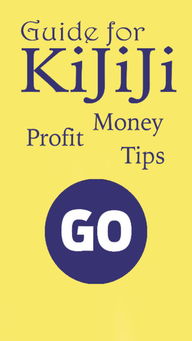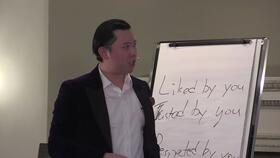Understanding the Freelance Artist Landscape

Embarking on a journey as a freelance artist can be both exciting and challenging. The art world is vast and diverse, offering numerous opportunities to make money. Whether you’re a painter, photographer, graphic designer, or any other type of artist, there are several strategies you can employ to monetize your skills.
Building Your Portfolio

Your portfolio is your calling card in the freelance world. It should showcase your best work, highlighting your unique style and capabilities. Ensure that your portfolio is well-organized, easy to navigate, and reflects your professional brand. Consider including a brief bio and contact information to make it more personal and approachable.
Identifying Your Niche

One of the keys to success as a freelance artist is identifying your niche. This could be a specific style, medium, or subject matter. By focusing on a niche, you can attract clients who are specifically looking for your unique skills. For example, if you’re a graphic designer, you might specialize in logo design or web design.
Networking and Marketing
Networking is crucial for any freelance artist. Attend art shows, join online communities, and connect with other artists and potential clients. Social media platforms like Instagram, Pinterest, and Behance can be powerful tools for marketing your work. Share your latest projects, engage with your audience, and use relevant hashtags to increase your visibility.
Creating a Professional Website
A professional website is an essential tool for any freelance artist. It should be easy to navigate, visually appealing, and include your portfolio, bio, and contact information. Consider hiring a web designer or using a website builder to create a site that reflects your brand and showcases your work effectively.
Freelance Platforms and Marketplaces
There are numerous freelance platforms and marketplaces where you can find clients. Websites like Upwork, Fiverr, and Freelancer offer a wide range of opportunities for artists of all skill levels. Create a compelling profile, bid on relevant projects, and deliver high-quality work to build a positive reputation.
Building a Client Base
Once you’ve started working on freelance projects, focus on building a client base. Offer exceptional customer service, deliver your work on time, and be open to feedback. As your client base grows, you’ll have more opportunities to secure repeat business and referrals.
Setting Your Rates
One of the most challenging aspects of freelancing is determining your rates. Research the going rates for your niche and consider your experience, skill level, and the value you provide. Be transparent about your rates and include any additional costs, such as materials or shipping.
Time Management and Productivity
As a freelance artist, time management and productivity are crucial. Set clear goals, prioritize your tasks, and create a schedule that allows you to balance work and personal life. Use tools like Trello or Asana to organize your projects and track your progress.
Expanding Your Skills
Continuously expanding your skills and knowledge is essential for long-term success as a freelance artist. Attend workshops, take online courses, and experiment with new techniques and mediums. Staying current with industry trends and advancements will help you stay competitive and attract more clients.
Dealing with Challenges
No matter how successful you become as a freelance artist, you’ll inevitably face challenges. These could include financial difficulties, client disputes, or creative blocks. Develop a strong support network of friends, family, and fellow artists to help you navigate these challenges.
Conclusion
Embarking on a career as a freelance artist can be a rewarding and fulfilling experience. By understanding the landscape, building a strong portfolio, networking, and managing your time effectively, you can create a successful and sustainable freelance career. Remember to stay passionate about your art and continue to grow and evolve as an artist.



